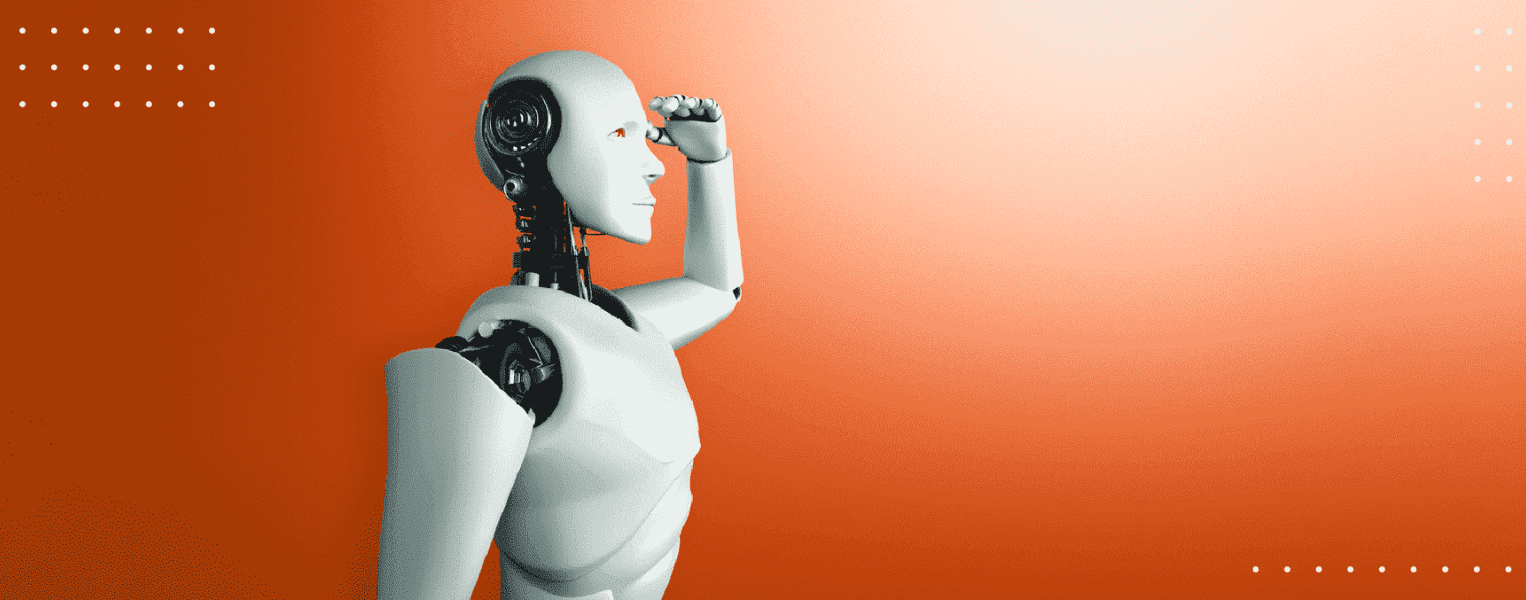
Artificial intelligence (AI) is revolutionizing various industries, and animation is no exception. The infusion of AI into the animation sector is transforming how stories are told, enhancing efficiency, and pushing the boundaries of creativity. This article delves into the role of AI in modern animation, exploring its impact on the industry, the opportunities it presents, and how aspiring animators can harness these advancements. We will also highlight how RSFI Institute can guide you through the evolving landscape of animation with their comprehensive courses.
| Introduction |
|---|
| The Integration of AI in Animation |
| AI-Driven Animation Tools |
| Impact of AI on the Animation Industry |
| AI and the Future of Animation |
| Challenges and Ethical Considerations |
| RSFI Institute: Pioneering AI-Driven Animation Education |
| FAQs |
| Conclusion |
The animation industry has always been at the forefront of technological innovation. From the early days of hand-drawn animation to the advent of computer-generated imagery (CGI), each technological leap has expanded the possibilities of storytelling. Today, AI is the latest frontier, offering new tools and techniques that promise to redefine the art and science of animation. Whether it’s through automating tedious tasks, creating more lifelike characters, or generating entire scenes, AI is poised to revolutionize animation in profound ways.
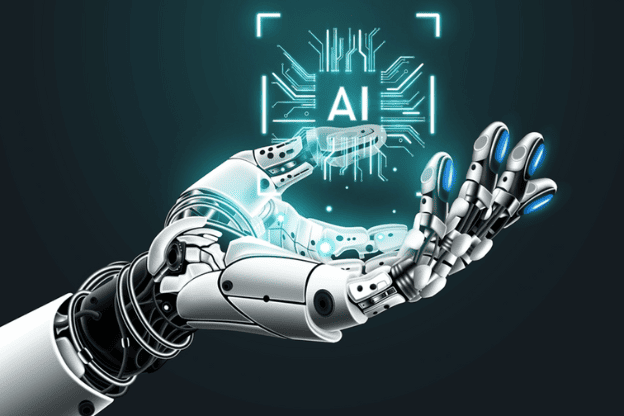
AI’s integration into animation involves various technologies such as machine learning, neural networks, and computer vision. These technologies enable animators to create more complex and realistic animations while significantly reducing the time and effort required.
Machine learning algorithms can analyze vast amounts of data to learn patterns and make decisions. In animation, this means that AI can be trained on existing animations to understand the nuances of movement, timing, and expression. This allows AI to assist in creating animations that are both realistic and emotionally compelling.
Neural networks, a type of machine learning, are particularly effective in character animation. They can learn the subtleties of human movement and facial expressions, enabling the creation of characters that move and emote in more lifelike ways
Computer vision, another branch of AI, enables machines to interpret and understand visual information. In animation, this technology can be used to automatically generate backgrounds and environments based on simple sketches or descriptions. This not only speeds up the animation process but also opens new creative possibilities.
Read About: Revolutionizing Filmmaking: How AI is Changing the Movie Industry
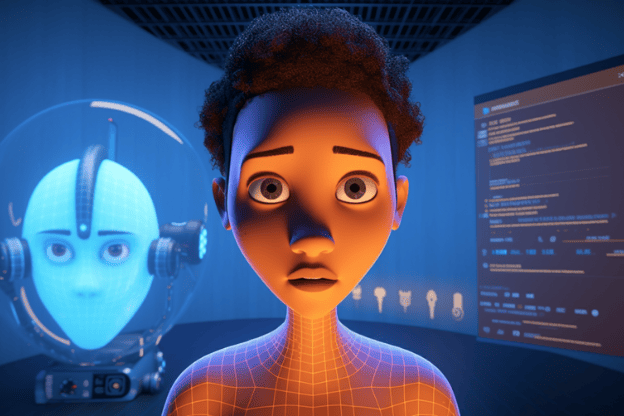
Several AI-driven tools are making waves in the animation industry, offering new capabilities and enhancing existing workflows.
Deep Motion uses AI to create realistic character animations from simple inputs. By analyzing motion data, Deep Motion can generate detailed animations that capture the nuances of human movement, making it easier for animators to create lifelike characters.
Artomatix leverages AI to automate the creation of textures and materials. This tool can generate high-quality textures from simple inputs, reducing the time and effort required for texturing while maintaining a high level of detail and realism.
Runway ML provides a suite of AI tools for creatives, including animators. It offers capabilities such as style transfer, where the style of one image can be applied to another, and object detection, which can be used to automate various aspects of the animation process.
NVIDIA GauGAN uses AI to transform rough sketches into photorealistic images. This tool is particularly useful for creating detailed backgrounds and environments, allowing animators to quickly visualize and iterate on their ideas.
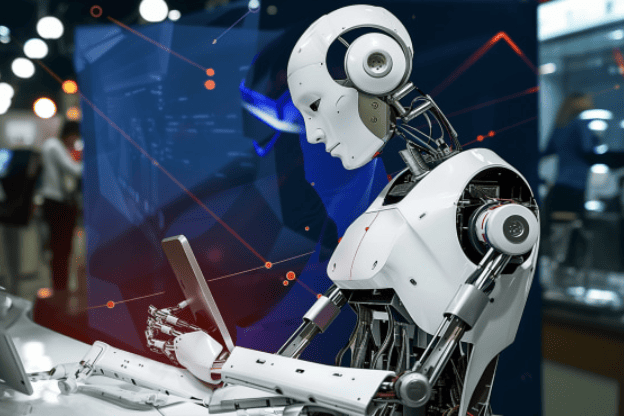
The integration of AI into animation is having a profound impact on the industry, influencing everything from production processes to the types of stories that can be told.
AI-driven tools can automate many of the labor-intensive aspects of animation, such as inbetweening (the process of creating intermediate frames between two keyframes) and texturing. This allows animators to focus more on the creative aspects of their work, leading to faster production times and reduced costs.
By handling repetitive and time-consuming tasks, AI frees up animators to explore new creative avenues. For example, AI can be used to quickly generate multiple variations of a scene or character, allowing animators to experiment with different styles and ideas without being bogged down by the technical details.
AI opens up new possibilities for storytelling by enabling the creation of more complex and dynamic characters and environments. With AI, animators can create scenes and characters that would be too time-consuming or technically challenging to produce manually.
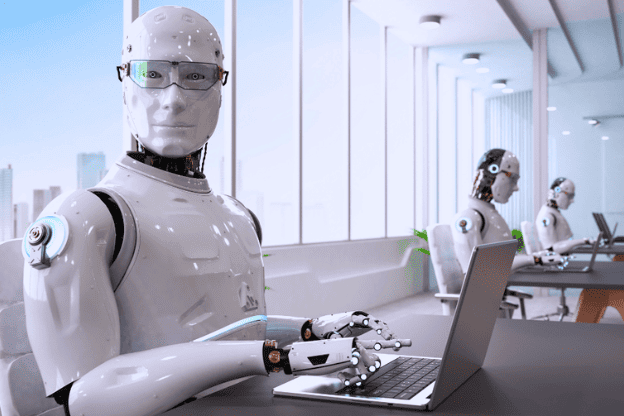
The future of animation is likely to be heavily influenced by AI, with several exciting developments on the horizon.
Read About: Mass Communication Careers: Unconventional Paths and Opportunities
Real-time animation, where animations are generated and rendered instantly, is becoming increasingly feasible with AI. This technology allows for more interactive and immersive experiences, such as in virtual reality (VR) and augmented reality (AR).
AI can be used to create personalized content tailored to individual viewers. By analyzing viewer preferences and behavior, AI can generate customized animations that resonate more deeply with audiences.
Collaborative AI, where AI tools work alongside human animators, is likely to become more prevalent. This approach leverages the strengths of both AI and human creativity, resulting in higher quality and more innovative animations.
AI is also being used to generate storylines and scripts. By analyzing existing narratives, AI can create new and original stories, providing a valuable tool for writers and animators.
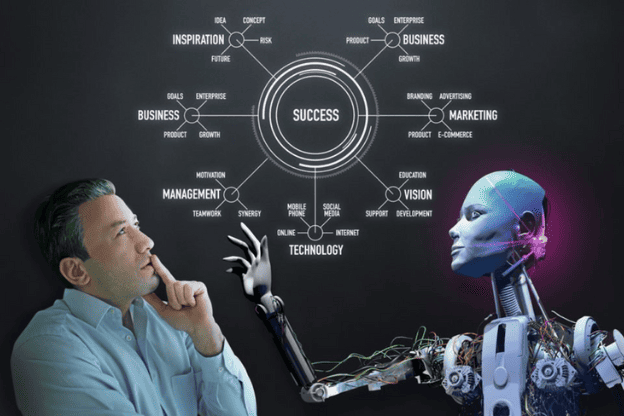
While the integration of AI in animation offers many benefits, it also presents several challenges and ethical considerations.
As AI takes over more aspects of the animation process, there is a risk that certain roles may become redundant. It is important for the industry to address this issue by providing training and support for animators to adapt to new roles and technologies.
There is also a concern that reliance on AI could stifle creativity. While AI can handle many technical aspects of animation, the creative vision and storytelling aspects still require human input. It is crucial to strike a balance between leveraging AI for efficiency and preserving the creative essence of animation.
The ethical use of AI in animation is another important consideration. This includes ensuring that AI-generated content is used responsibly and that creators are transparent about the use of AI in their work. Additionally, it is important to consider the implications of AI-generated content on issues such as intellectual property and copyright.
RSFI Institute is at the forefront of integrating AI into animation education, offering specialized courses that prepare students for the evolving industry.
RSFI Institute offers a range of animation and VFX courses designed to equip students with the skills and knowledge needed to excel in the industry. These courses cover everything from basic principles to advanced techniques, ensuring that students are well-prepared for the demands of the modern animation landscape.
RSFI Institute's animation classes provide hands-on training in the latest AI-driven tools and techniques. Students gain practical experience working with industry-standard software and technologies, enabling them to apply their skills in real-world scenarios.
RSFI Institute is committed to staying ahead of industry trends, with a focus on the future of animation. Their curriculum is continuously updated to reflect the latest advancements in AI and other technologies, ensuring that students are prepared for the opportunities and challenges of the future.
Read About: Screenwriting Software Showdown: Pros and Cons of Different Tools
AI plays a significant role in modern animation by automating repetitive tasks, enhancing efficiency, and enabling the creation of more complex and realistic animations.
AI improves character animation by using neural networks to learn the nuances of human movement and facial expressions, resulting in more lifelike and emotionally compelling characters.
Some AI-driven tools used in animation include DeepMotion for realistic character animations, Artomatix for automated texture creation, and NVIDIA GauGAN for transforming sketches into photorealistic images.
RSFI Institute incorporates AI into its animation courses by providing hands-on training in AI-driven tools and techniques, ensuring that students are well-prepared for the evolving industry.
Ethical considerations include the potential for job displacement, the balance between creativity and automation, and the responsible use of AI-generated content.
The future of AI in animation includes real-time animation, personalized content, collaborative AI, and AI-generated storylines, offering new possibilities for storytelling and creativity.
The role of artificial intelligence in modern animation is transformative, offering new tools and techniques that enhance efficiency, creativity, and storytelling. As AI continues to evolve, it will undoubtedly shape the future of animation in profound ways. For aspiring animators, understanding and harnessing these advancements is crucial for staying competitive in the industry. RSFI Institute provides the education and support needed to navigate this dynamic landscape, offering comprehensive courses, hands-on training, and a focus on the future of animation. Whether you are just starting or looking to advance your career, RSFI Institute can help you achieve your goals in the exciting world of animation.